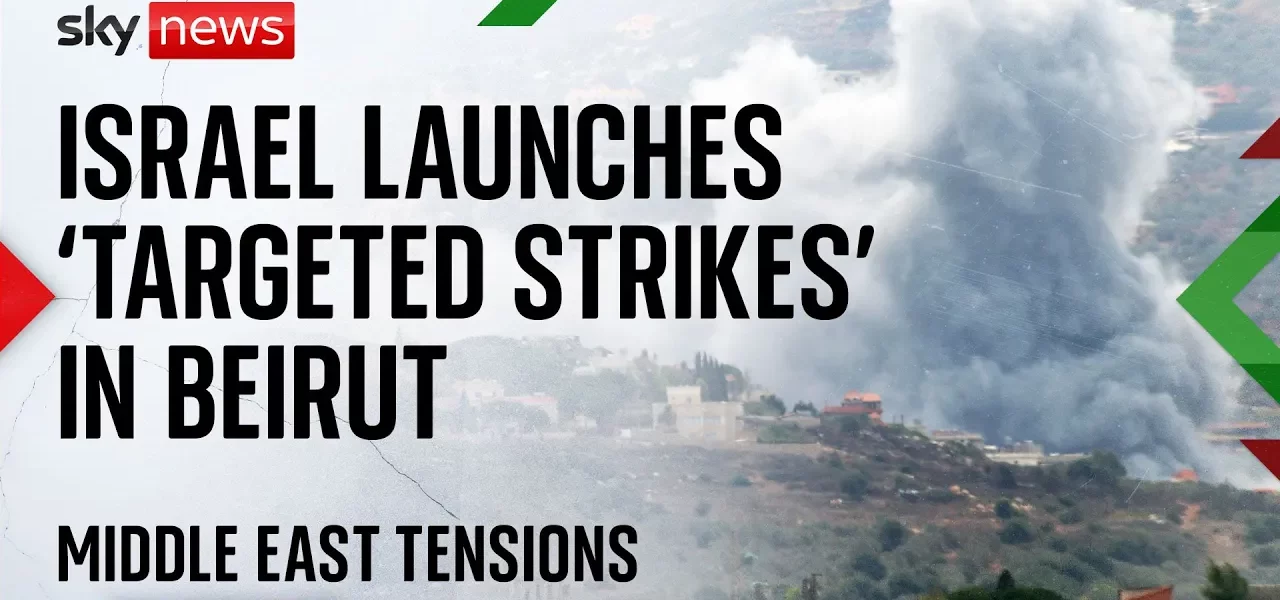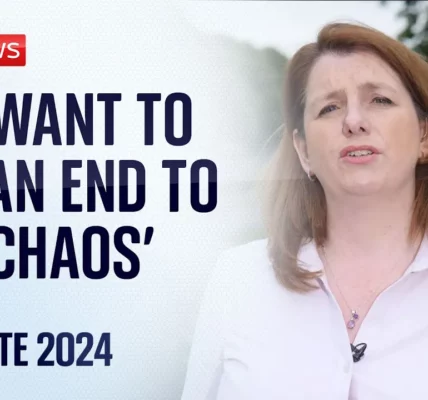This is What an Israeli Military Targeted Strike Looks Like

This article delves into the recent Israeli military strike in the southern suburbs of Beirut, exploring the events leading up to it, the immediate aftermath, and its impact on the ongoing conflict between Israel and Hezbollah.
Introduction
The recent Israeli airstrike in the southern suburbs of Beirut has marked a significant escalation in the long-standing conflict between Israel and Hezbollah. This targeted strike, described as the deadliest air assault on the Lebanese capital in nearly two decades, resulted in widespread destruction and civilian casualties. The following sections will provide a comprehensive overview of the events surrounding the strike, the implications for both Israel and Lebanon, and the broader geopolitical context.
The Targeted Strike: Details and Aftermath
The airstrike occurred in a heavily populated area of Beirut, specifically targeting a high-rise block. Eyewitness accounts describe a scene of chaos and destruction:
- Buildings flattened, with significant structural damage.
- Cars flipped over and covered in gray dust.
- Residents rushing to search for survivors amidst the rubble.
This strike is reported to have killed a senior Hezbollah commander, Ibrahim Ail, along with several members of his elite force. The Israeli military claims that Ail was planning further attacks against Israeli civilians at the time of the strike, which raises critical questions about the justification of military actions in populated civilian areas.
Hezbollah’s Role and the Context of the Strike
Hezbollah’s Stronghold in Beirut
The targeted area is known as a Hezbollah stronghold, with the group exerting significant control over the region. This control complicates the dynamics of military engagements, as civilians are often caught in the crossfire, raising ethical and legal concerns regarding the conduct of war.
Israeli Military Strategy
The Israeli military has been systematically targeting Hezbollah’s military command and infrastructure in an effort to weaken the group’s capabilities. This latest strike is seen as part of a broader strategy to eliminate key figures within Hezbollah:
- Targeting high-ranking officials.
- Disrupting operational planning.
- Deterring future attacks through show of force.
The Human Cost of Conflict
The airstrike did not come without a heavy toll on civilians. The Lebanese Health Ministry reported that there were children among the dead, injured, and missing. This raises urgent humanitarian concerns and highlights the plight of civilians in conflict zones:
- Emergency services overwhelmed with casualties.
- Hospitals struggling to cope with the influx of injured individuals.
- Community response efforts hampered by ongoing violence.
The emotional and psychological impact of such strikes on civilian populations cannot be understated, as families are torn apart and communities are left to grieve.
Responses and Reactions
Local and International Responses
The Lebanese government condemned the strike, labeling it a violation of international humanitarian law and a war crime. An emergency cabinet meeting was convened, highlighting the urgency of the situation:
- Ministers expressed outrage over repeated Israeli provocations.
- Calls for international intervention to protect civilians.
- Efforts to engage diplomatic channels for de-escalation.
Media Coverage and Restrictions
Media access to the site of the strike was heavily restricted, with reports of journalists being expelled from the area. This raises concerns about transparency and the ability to report accurately on the situation:
- Photographs and videos of the aftermath were deleted.
- Increased tensions limiting foreign media’s ability to cover the conflict.
Conclusion
The recent Israeli military strike in Beirut has intensified an already volatile situation, with profound implications for civilians and the broader regional landscape. As both sides prepare for potential retaliation, the specter of further conflict looms large. It is imperative for the international community to engage in dialogue and seek peaceful resolutions to prevent further loss of life and to uphold humanitarian standards. For more information on the ongoing conflict and its implications, visit our related articles on Israel-Lebanon tensions and the role of Hezbollah.
“`




